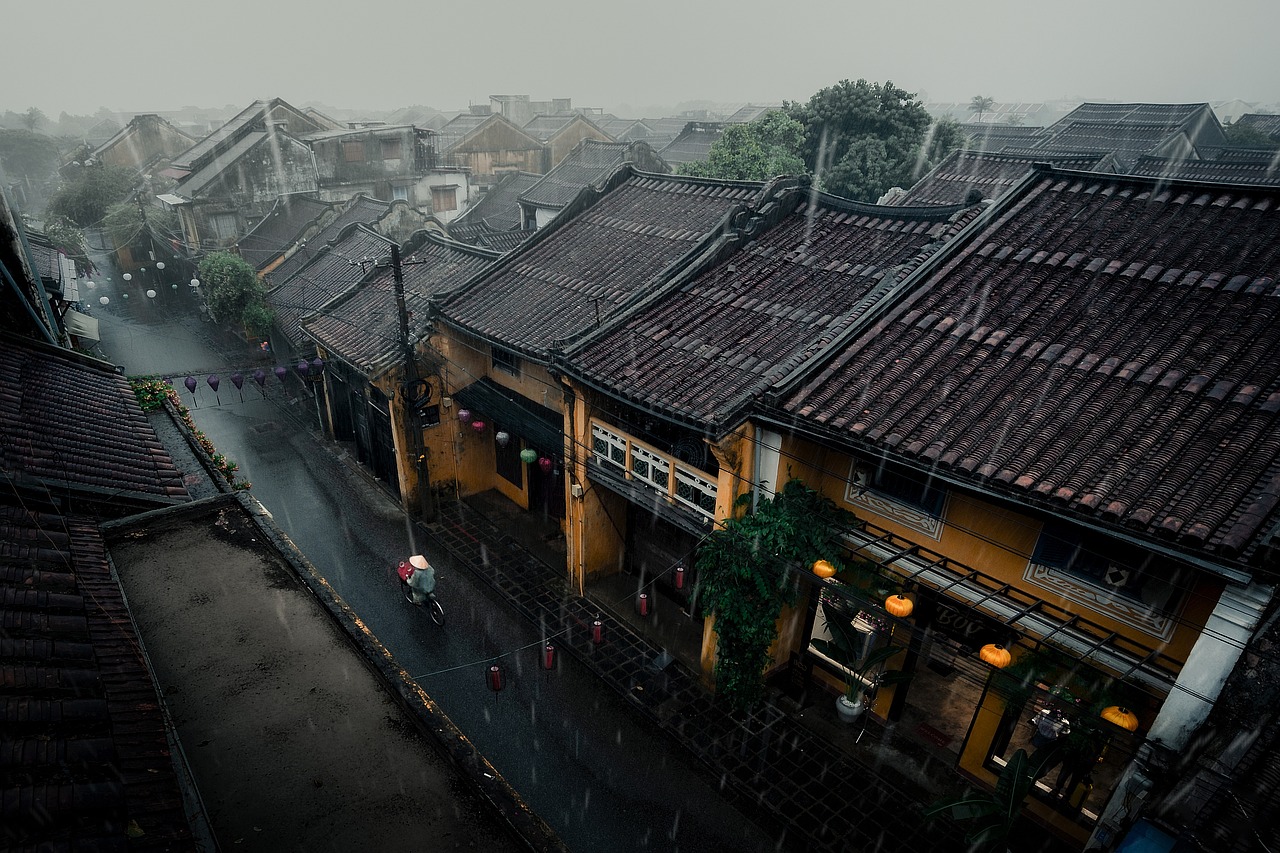
Despite the improvement in food production and agriculture like viable seedling, fertilizer and machinery, the prices of food and it's security are being challenged over the years. Many factors can be blamed for this incessant and dangerous development that cause malnourishment, hunger and strife among humans and animal populations.
The climatic conditions of any place can dictate the kind of agricultural practices and food production that will thrive there. Although the climatic conditions varies, at any point in time, months within the year, some climatic forces seems to have dominant influence over the weather of the environment.
In most Western African countries, there is two major climatic factors that decides the major seasons of the region. Rainy and dry season are result of these major climatic forces. During these period the of the years, we usually experienced a short dry season known as August break before another major rainy season. August break have slight rainfall, low humidity and high sunlight intensity. It plays major roles for the riping of many fruits, harvesting of yam and gives more time for another planting season for double farming season.
Recently, the climatic change resulted by the global warming and effect of greenhouse gas have abruptly influences the seasons and climatic conditions of the area. The effect is gradually getting worser as time goes. The quality of rains, sunlight and other climatic factors have changed too. Now, the rains are even heavier and frequent during this crucial condition. Every area are flooded which leads to poor soil quality that affect food production. Rather than harvesting yam and other tuber crops, they are being replanted for better performance.
The weather keeps getting worse than before. Most regions are experiencing more aridity and drier. The dry season on this region are more desertified. For example, majority of the northern region are now the fringe of the largest desert of the world. Sahara Desert keeps extending its arms across the region and affect the area. In such areas, only few adapted animal and plant species can survive and thrive there which affects food production and security.
Finally
More anticipated solutions have been developed to checkmate this ugly trends and improve technologies promote food production. Public enlightenment and use of better tools can improve food quality, productivity and storage. Afforestation and regenerative practices should be employed especially on the fringes of Sahara Desert to improve soil quality, texture and structure as well as serving as buffer zones against this major desert in the world.
Planting on bio-control tanks or farm can be encouraged for more crop production. Such houses are still few but can be success in the production of food. It can be used for crops like grains and others because of their uses, utilities and importance. It can save lives and major industries that depend on them for their products. Also, animals can be reared on such controlled farms for their uses.
Posted Using InLeo Alpha